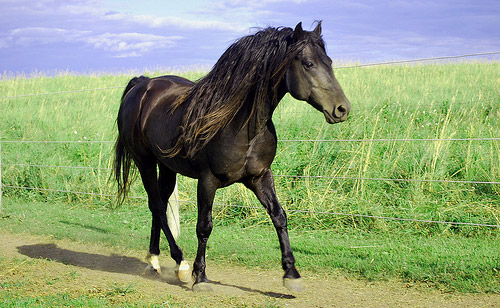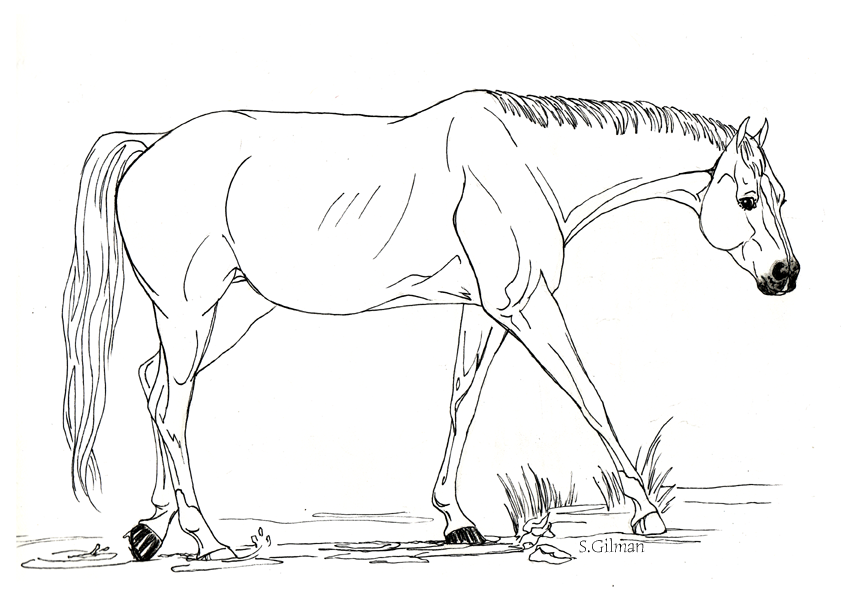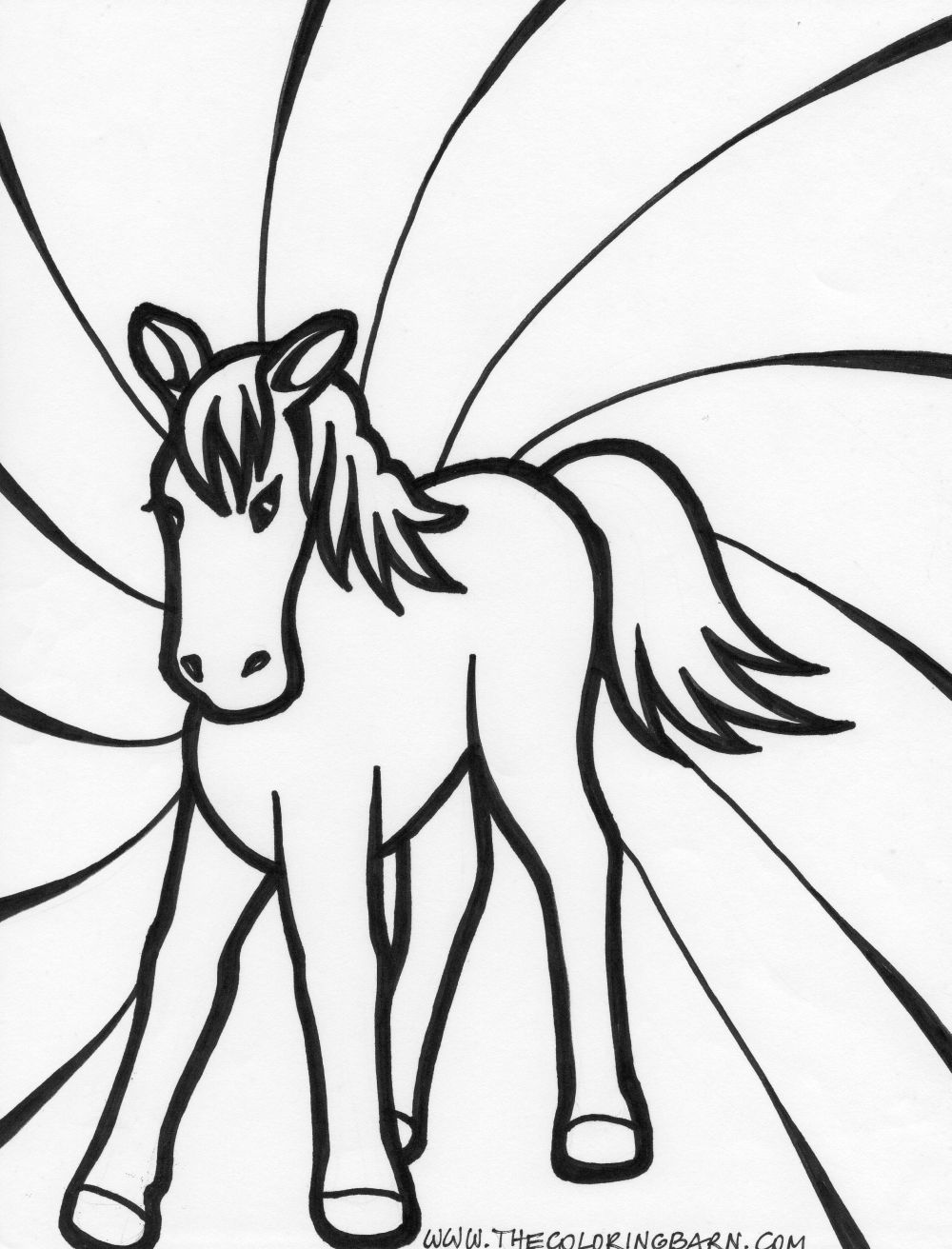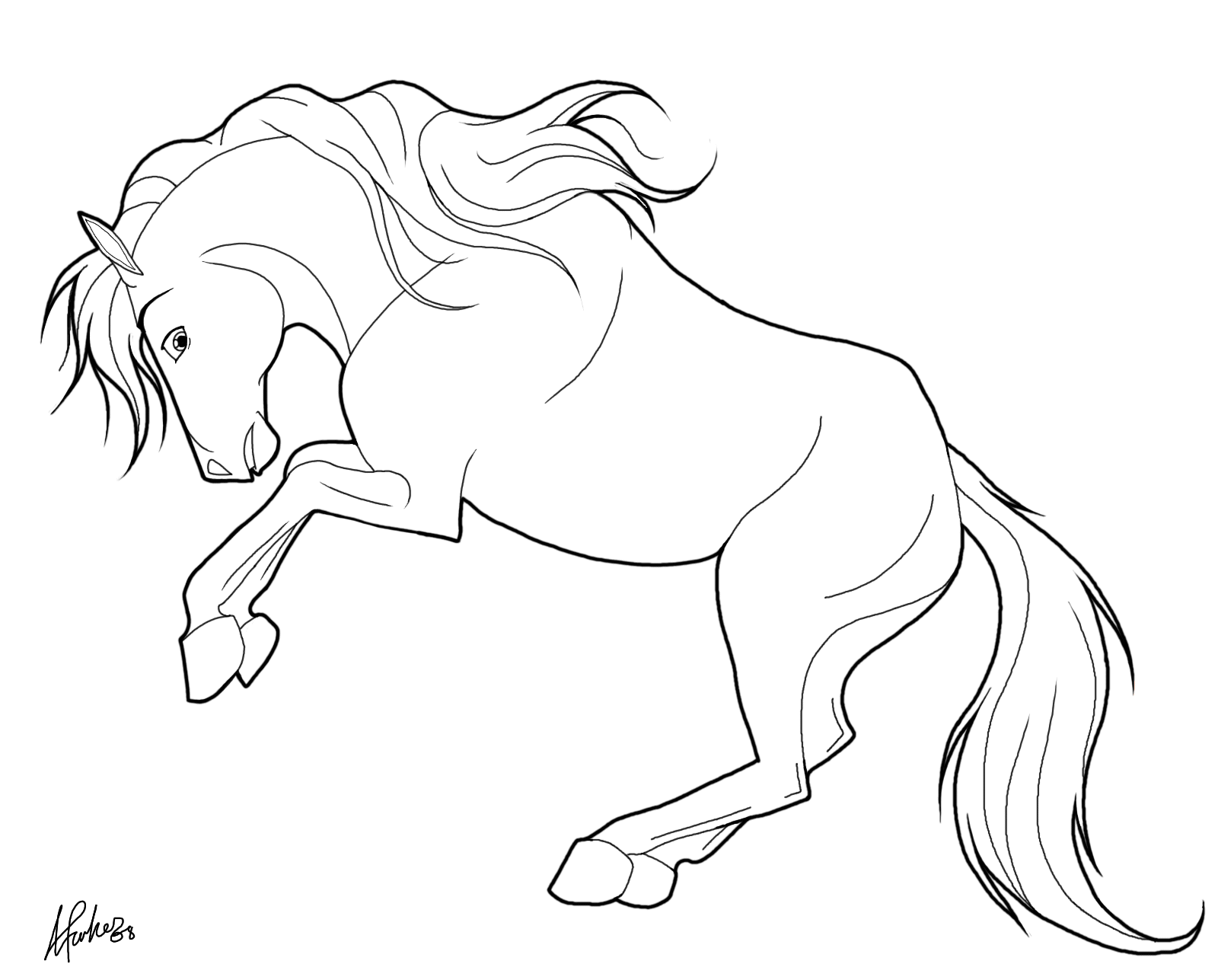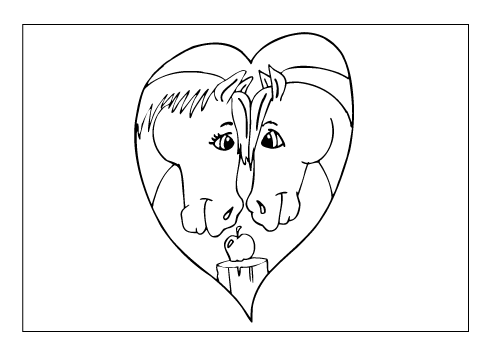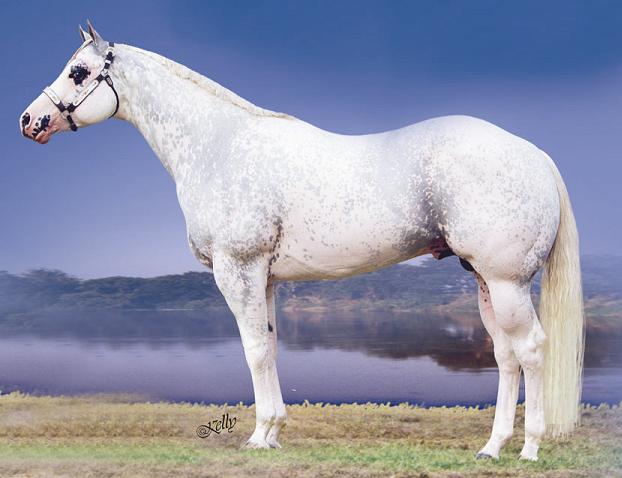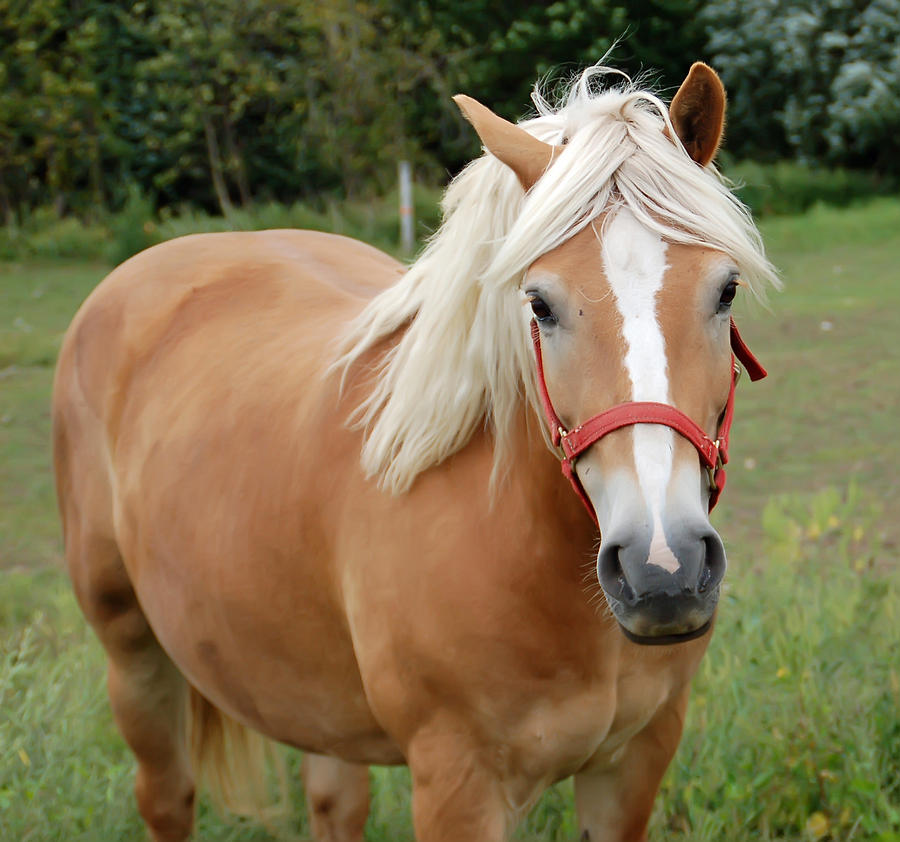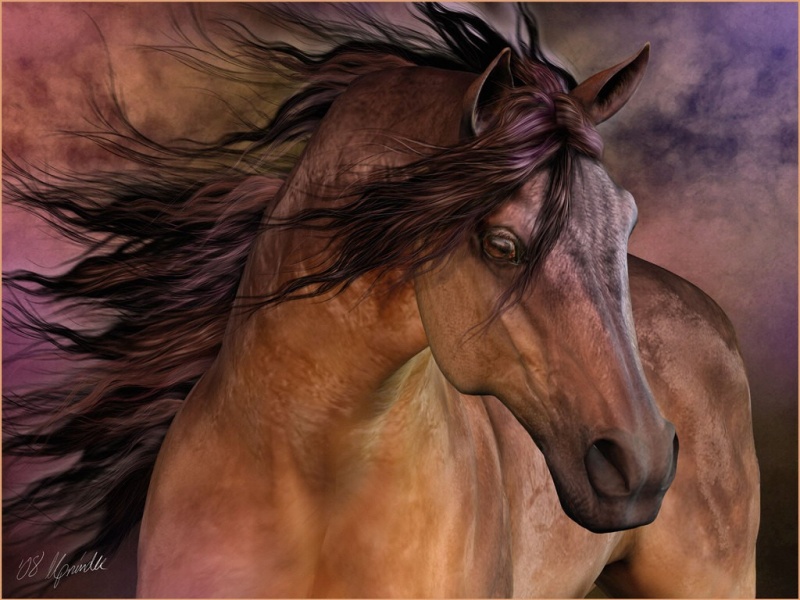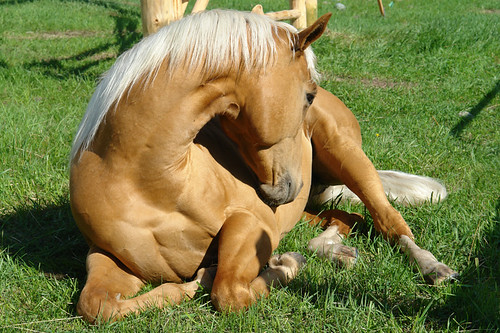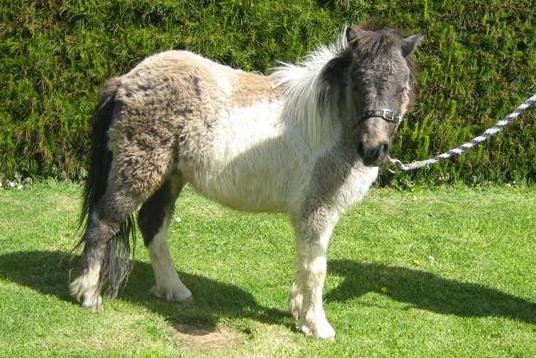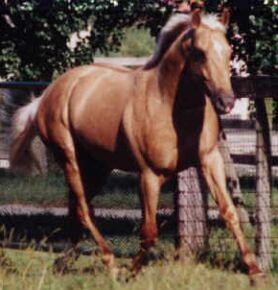Mustang Horse Biography
Source(Google.com)
Mustang horses are known to have roamed the vast terrains of North America in large herds, to protect themselves from predators like wolves, coyotes, etc. These horses at one point of time dwelt in millions over the US terrain, however, today their numbers have been reduced to thousands. These small, swift, surefooted, hardy horses range from an average size of 14"2 - 15"2 hands and 1,000 lbs or more in weight. They come in a variety of colors ranging from reddish-brown, bay, sorrel, brown or black in color. Mustangs have a life span of about 25 - 30 years. Let us have a look at some more interesting Mustang horse facts.
Interesting Facts about Mustangs
The name 'mustang' has been derived from the Spanish word 'mustengo', meaning 'ownerless beast' or 'stray horse'. These Mustang horses are also called wild horses because of their reckless nature. In fact, the word 'feral' suits them even better, which means wild and menacing.
Mustang Horse History
The Mustang horses that rambled across the North American grasslands in prehistoric times were referred to as dawn horses. However, at the end of the last ice age nearly 12,000 years ago, the Mustang population was wiped out from the American land. For several thousands of years, the American land was void of the thundering sound made by the hoofs of the Mustangs. Conquistadors from Spain once again introduced Mustangs to the American terrain in the 16th century. By the mid 1800s, there were millions of Mustangs rambling across the American land. Towards the beginning of the twentieth century, Mustangs were hunted for pet food, however, the 1971 act was passed to protect these lovely horses.
Symbol of the American West
The United States Congress in the year 1971 honored the Mustang horse with the title of "living symbols of the historic and pioneer spirit of the West, which continue to contribute to the diversity of life forms within the Nation and enrich the lives of the American people." A federal law was also passed in the same year regarding the ban placed on capturing, harming or killing Mustangs freely roaming on public land.
Mustang's Characteristics
The Mustangs found in the US today, are mostly crosses between different horse breeds, thus, these horses appear in such a large variety of conformations and shades. These horses are medium-sized horses, with the average size being about 14 hands. It may vary from 13 to 16 hands. The weight is proportional to their height, with anywhere between 600 to 1200 pounds. In the wild, Mustangs have a lifespan of about 15 to 20 years, while domesticated Mustangs can live way up to 25 to 30 years.
They have low-set tails and short stature, however, their overall appearance is well-balanced. Their strong hoofs and legs make them less prone to injury, as compared to other horse breeds. All the decades spent in the wild has made this breed of horses to be extremely rugged, with great endurance level. The amount of stamina they have is also amazing. The way they travel long distances without getting tired out, is truly remarkable! They are sure-footed even in uneven paths.
Mustang's Personality
Spanish Mustangs are known to be quite domestic in nature. Crossbreeding may have caused the pure Spanish mustang variety to be more of a rarity, however, the crossbreeds do have Spanish characteristics in them. Thus, Mustangs are quite friendly and enjoy being around people. Once they get to know their owner, they get quite attached to them. Their affectionate disposition makes them wonderful pets, which is why Mustangs are being adopted these days.
Mustang Horse Pictures Images Wallpapers Photos 2013

Mustang Horse PicturesImages Wallpapers Photos 2013

Mustang Horse Pictures Images Wallpapers Photos 2013
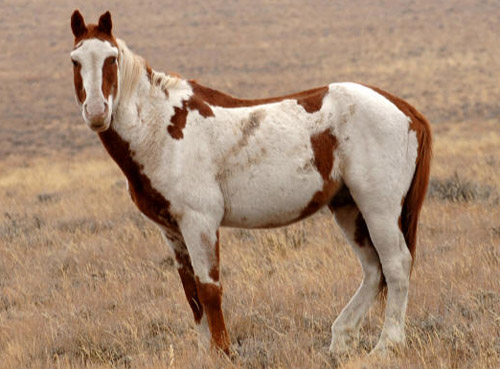
Mustang Horse Pictures Images Wallpapers Photos 2013

Mustang Horse Pictures Images Wallpapers Photos 2013
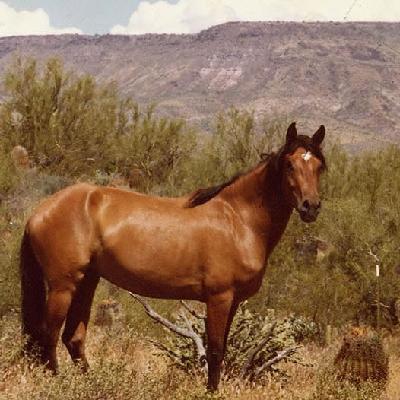
Mustang Horse Pictures Images Wallpapers Photos 2013

Mustang Horse Pictures Images Wallpapers Photos 2013

Mustang Horse Pictures Images Wallpapers Photos 2013
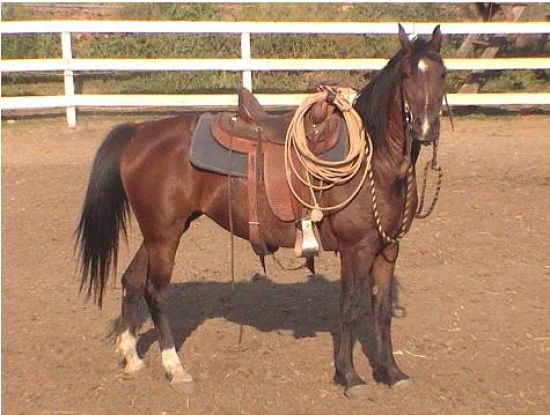
Mustang Horse Pictures Images Wallpapers Photos 2013

Mustang Horse Pictures Images Wallpapers Photos 2013

Mustang Horse Pictures Images Wallpapers Photos 2013
